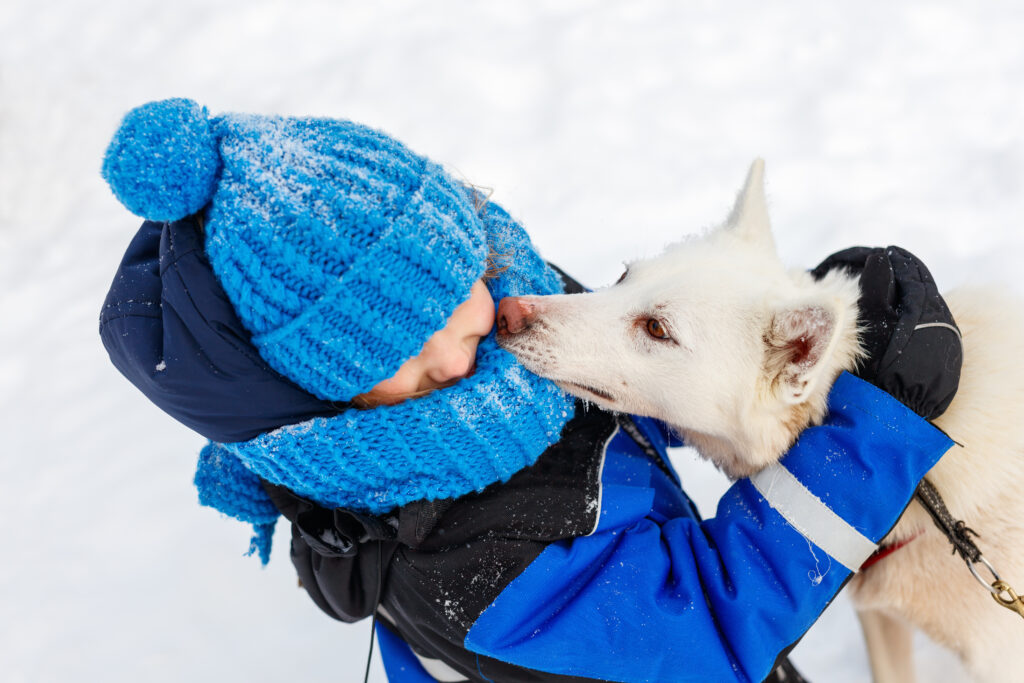
Winter in Baltimore brings its own set of challenges for allergy sufferers, especially when it comes to pet dander. At Baltimore Sinus, we often see an uptick in patients experiencing allergy symptoms during the colder months, primarily due to increased exposure to indoor allergens
like pet dander. This article aims to shed light on pet dander allergies in winter and offer practical advice for managing them.
Understanding Pet Dander Allergies
Pet dander consists of tiny, even microscopic, flecks of skin shed by cats, dogs, rodents, birds, and other animals with fur or feathers. These particles can cause allergic reactions in some people. Pet dander is particularly challenging because it is small, can remain airborne for long
periods, and easily adheres to clothing, furniture, and other surfaces.
Why Pet Dander Allergies May Worsen in Winter
In winter, pets often spend more time indoors, which means more dander is present in the home environment. Additionally, we tend to keep our homes sealed tight against the cold, reducing ventilation and thereby increasing the concentration of pet dander in the air.
Symptoms of Pet Dander Allergies
Symptoms can range from mild to severe and include:
Sneezing
Runny or stuffy nose
Itchy, watery eyes
Skin rash or hives
Asthma symptoms in people with asthma, such as wheezing, chest tightness, or difficulty breathing
Diagnosis and Treatment
If you suspect an allergy to pet dander, a visit to an allergist/immunologist can be very helpful. Our practice can conduct skin prick tests or specific IgE blood tests to confirm the allergy.
Treatment options include:
Antihistamines and decongestants to relieve symptoms.
Nasal corticosteroids for nasal inflammation.
Allergen immunotherapy (allergy shots) in more severe cases.
Other recommendations include:
Create a Pet-Free Zone: Ideally, keep pets out of bedrooms and other areas where you spend a lot of time.
Regular Cleaning: Vacuum regularly using a vacuum with a HEPA filter. Clean walls and hard surfaces and wash bedding and rugs where pets lie.
Air Filtration: Use HEPA air purifiers to capture dander particles.
Groom Pets Regularly: Regular baths and grooming for your pets can reduce the amount of dander.
Handwashing: Wash your hands after handling pets, especially before touching your face.
Humidity Control: Keep the humidity in your home between 30-50% to reduce dander spread.
Living with pets in Baltimore during the winter doesn’t have to mean suffering from allergies. With the right strategies and treatments, you can manage pet dander allergies effectively. Remember, individual treatment plans vary, so consult with your allergist/immunologist for advice tailored to your specific needs.




